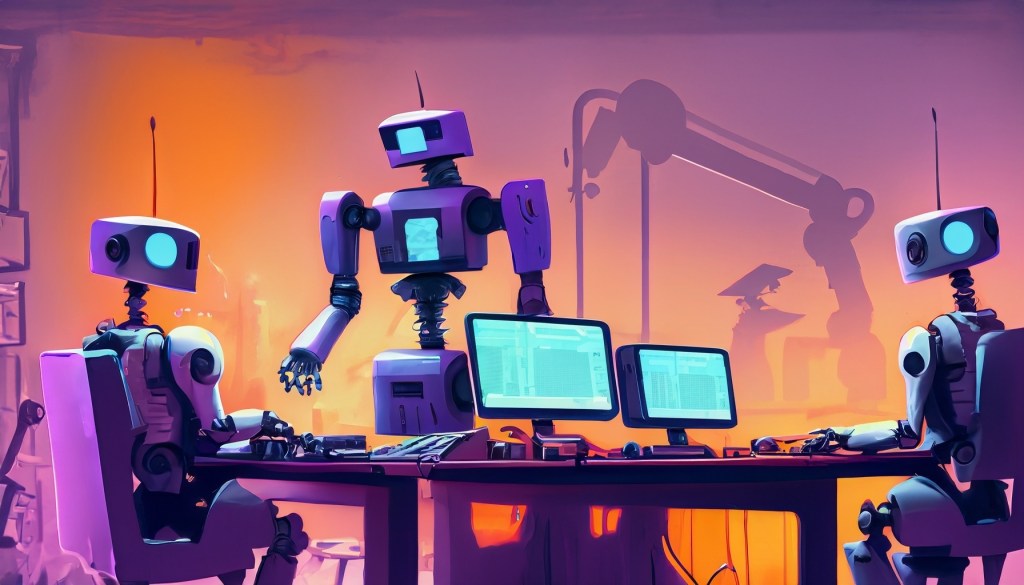Will generative artificial intelligence enhance the way professionals work or replace them altogether? While it is still in its early stages, generative AI is expanding automation into a much wider set of the workforce.
Goldman Sachs predicted that AI could automate the equivalent of 300 million full-time jobs between the U.S. and Europe.
“Some sort of luxury version of a utopia where we don’t work, or we choose to work whenever we feel like it, and then we rely on a very generous, universal basic income; well, that’s probably not something that’s going to happen,” said Aleksandra Przegalińska, an AI expert researching the future of work at Harvard University. “So we should push for a vision or scenario where humans are working and they are enhanced by artificial intelligence.”
By 2030, 30% of hours worked in the U.S. today could be automated, according to a recent report by McKinsey Global Institute. While AI could enhance productivity among STEM, creative, and business and legal professionals, McKinsey projects it will eliminate jobs in office support, customer service and food service.

AI expert Aleksandra Przegalińska joins Straight Arrow News from Warsaw, Poland, for an in-depth conversation about the future of AI, from job replacement to developing consciousness. Watch the full conversation here.
Below is an excerpt from that interview.
Aleksandra Przegalińska: You touched upon a very important part of decision-making; that we have to find or strike a balance where we are still the main or key decision-makers.
For instance, I am now involved in a project that we are doing at my university in Warsaw, Kozminski University, with Harvard University. And in that project, we are looking at collaborative AI, so the type of artificial intelligence that is designed for collaboration with humans. So it does not do the job instead of you, but instead works together with you.
And that’s a very different approach that I think can be very useful in many different professions. We are now testing our tool, that is also generative, on salespeople and marketers. We’ve seen an increase in productivity, but also an increase in job satisfaction.
And this is something that we would like, right? Getting rid of some routines and really focusing in our work on something that is interesting and fun for us. So I do hope that this is the trajectory that we will choose.
And I would really look very carefully at the speed and pace of automation, finding the proper use cases for it. Not everything can be done by generative AI and also not everything should be done by generative AI. So I do think that we have a bit of road mapping to do ahead of us.
Simone Del Rosario: Do you think there’s a risk of someone taking the technology a little bit too far just because the technology can go there? And then by then, it’s too late and you can’t really figure out why it’s a better case to have humans in that role over AI.
Aleksandra Przegalińska: Well, I do think that many things can go wrong if you decide to choose that pathway of full automation. Many things can go wrong because this is just a technology. It does not have any experiences, any internal states, no affections, no emotions. It’s just designed by humans and it’s prompted by humans. So you have to know how to use it in order to use it well. If you just rely on it, usually the results are not so spectacular. So in that way, I would say that those who choose full automation will probably not be very happy with their choice.

